Understanding Bank 2 Sensor 1’s location will not only empower you with knowledge but also give you confidence when communicating with professionals about your vehicle’s needs.
From its significance in modern engine management systems to its impact on the overall driving experience, discovering the whereabouts of this sensor will shed light on an essential component hidden within your car’s mechanical complexity.
So join us as we dive into the intricate world of automotive sensors and uncover the elusive location of the Bank 1 Sensor 2.
What is a Bank in Engines?
A bank refers to the arrangement of multiple cylinders within an engine. The term bank is typically used for the positioning of cylinders in a V-shaped or radial formation.
A V6 engine has two banks of three cylinders arranged in a V shape. This configuration allows for more compact and efficient engine designs and improved performance and balance.
The concept of banks in engines also extends to the management of fuel and air intake. Each bank typically has its own set of intake and exhaust components, allowing for better control over airflow and combustion within the engine.
This individualized approach to cylinder management enables greater power output and smoother operation, particularly in high-performance or high-efficiency engine designs.
By appreciating how these configurations optimize performance and efficiency, enthusiasts can better enjoy the engineering marvels that power their vehicles.
What Makes The Bank 1 Of An Engine?
The bank 1 of an engine plays a crucial role in determining the efficiency and performance of the entire system. Located on the side of the machine where cylinder 1 is situated, bank 1 consists of sensors and components that monitor and control the air-fuel ratio, ignition timing, emissions, and overall combustion process.
This means that any issues or anomalies within bank 1 can directly impact the engine’s operation and lead to decreased power output, increased fuel consumption, or even potential damage to other components.
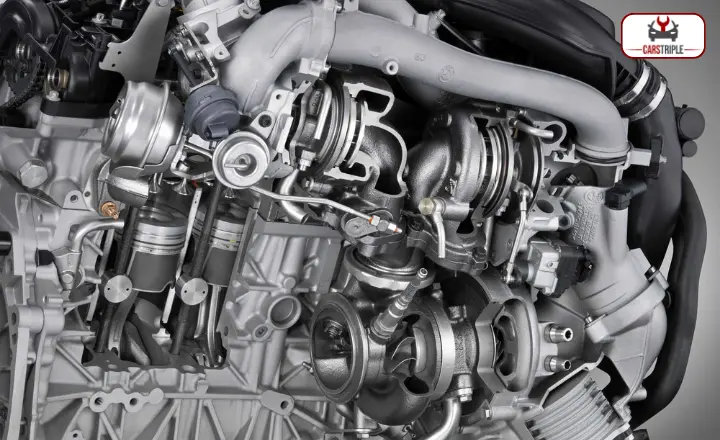
Furthermore, understanding the intricacies of Bank 1 allows for more precise diagnostics and troubleshooting regarding engine malfunctions.
By isolating potential problems to this specific engine area, mechanics and technicians can efficiently locate faulty parts or systems, saving time and resources in repair processes.
Bank 1 is a focal point for monitoring and regulating critical functions within an engine, making it integral to maintaining optimal performance and reliability.
What Makes The Bank 2 Of An Engine?
The bank 2 of an engine plays a crucial role in maintaining the balance and efficiency of the entire system. Positioned on one side of a V6 or V8 engine, bank 2 typically includes cylinders 4, 5, and 6 in a V6 engine or cylinders 5, 6, 7, and 8 in a V8 engine.
These cylinders work together to ensure smooth ignition and combustion, contributing significantly to the vehicle’s overall performance.
One key aspect that sets Bank 2 apart is its impact on exhaust emissions and sensor feedback. As part of the emissions control system, bank 2’s functionality directly affects the vehicle’s compliance with environmental regulations.
It influences data provided by oxygen sensors to optimize fuel economy and minimize harmful emissions. This emphasizes the significance of maintaining Bank 2 in peak condition for environmental responsibility and efficient operation.
It provides valuable insight into maximizing an engine’s performance potential. By acknowledging its specific role in emission control and sensor feedback, drivers can appreciate how small components within their vehicles interconnect to form a harmonious and efficient driving experience.
How to Locate Bank 1 and Bank 2
Locating Bank 1 and Bank 2 in a vehicle’s engine can often perplex many car owners. In most vehicles with V6 or V8 engines, Bank 1 is typically found on the side of the machine where cylinder 1 is located. Depending on the specific vehicle model, this could be the left or right side.
Bank 2 is situated on the opposite side of the engine. It’s essential to consult your vehicle’s manual to determine which bank is positioned where to perform maintenance or repairs effectively.
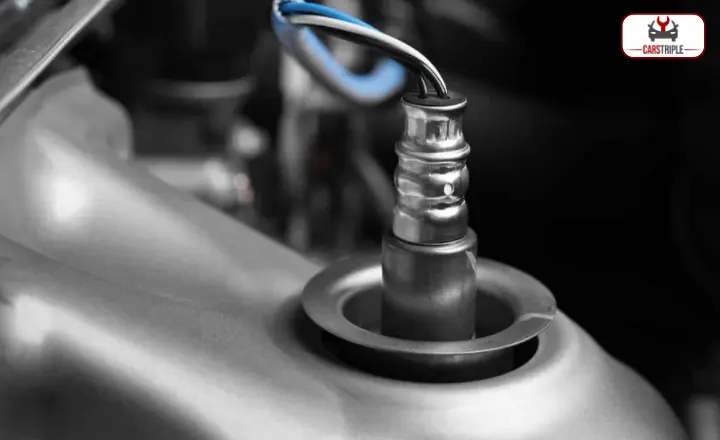
Locating Bank 1 and Bank 2 is that some newer vehicle models with turbocharged engines may have different configurations that require a more thorough understanding of the engine layout.
It’s worth noting that specific diagnostic trouble codes related to oxygen sensors or fuel system issues might provide clues as to which bank needs attention.
By analyzing these codes and consulting with experienced mechanics, car owners can gain valuable insights into their vehicle’s specific requirements for addressing Bank 1 and 2 issues.
Identifying cylinder numbers
Identifying cylinder numbers is crucial for understanding a vehicle’s engine layout and troubleshooting issues effectively. By locating cylinder number 1, you can quickly determine which side of the engine is Bank 1.
For V6 engines, the configuration may vary odd-numbered cylinders will still indicate Bank 1. This simple yet vital knowledge can streamline maintenance tasks and help mechanics pinpoint problems more efficiently.
Understanding cylinder numbering can provide valuable insights into an engine’s firing order and timing sequence. This knowledge allows for better coordination when performing repairs or upgrades, ensuring that components are correctly positioned and aligned.
It also empowers car enthusiasts to comprehend the intricacies of their vehicle’s performance and gain a deeper appreciation for the engineering marvel within their hood.
Locate by Hand Side
Locating Bank 1 and Bank 2 in a vehicle can be confusing, especially for those new to car maintenance. To find these banks, you’ll need to start by locating the engine cylinders.
Once you’ve found the cylinders, bank 1 will always be on the side of the engine where cylinder 1 is located, while bank 2 will be on the opposite side.
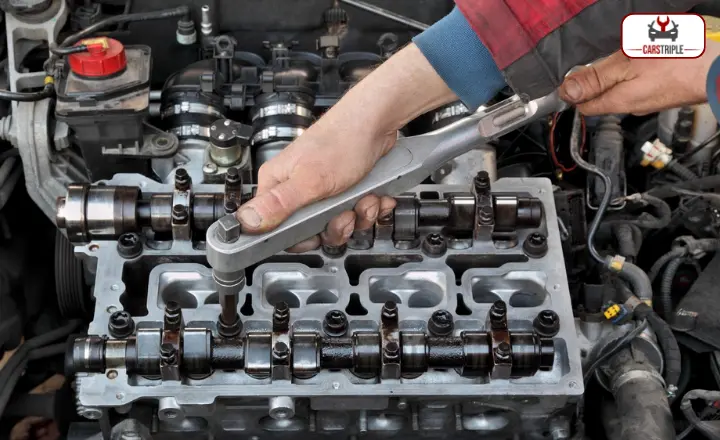
In a V6 or V8 engine configuration, determining which side is bank 1 and which is bank 2 can be more challenging. In a V-engine setup, if there are two catalytic converters present, then whichever side has cylinder 1 will be designated as bank 1.
If there’s only one catalytic converter shared between both sides of the engine, then it becomes trickier to determine which side is which.
By familiarising yourself with these critical components of your vehicle’s engine system, you’ll have a better grasp of its inner workings and be better prepared to handle any issues that may arise.
By Driver or Passenger Side
When it comes to locating Bank 1 and Bank 2 in a vehicle, understanding the difference between the driver and passenger side is crucial. In most vehicles, Bank 1 refers to the side of the engine where cylinder number 1 is located, typically on the same side as the number 1 spark plug.
This means that if cylinder number 1 is on the driver’s side, then Bank 1 will also be on the driver’s side. If cylinder number 1 is on the passenger side, then Bank 1 will be located there as well.
On modern vehicles with V6 or V8 engines, it’s common to find both Bank 1 and Bank 2 situated on opposite sides of the machine. This setup allows for more efficient exhaust gas management and helps improve overall engine performance.
What is a Sensor in Engines?
In an engine, sensors play a crucial role in monitoring and regulating various parameters to ensure optimal performance and efficiency.
One of the most critical sensors in an engine is the crankshaft position sensor, which detects the position and speed of the crankshaft, providing essential data for ignition timing and fuel injection.
The oxygen sensor measures the amount of oxygen in the exhaust gases, allowing the engine control unit to adjust air-fuel ratios for efficient combustion.
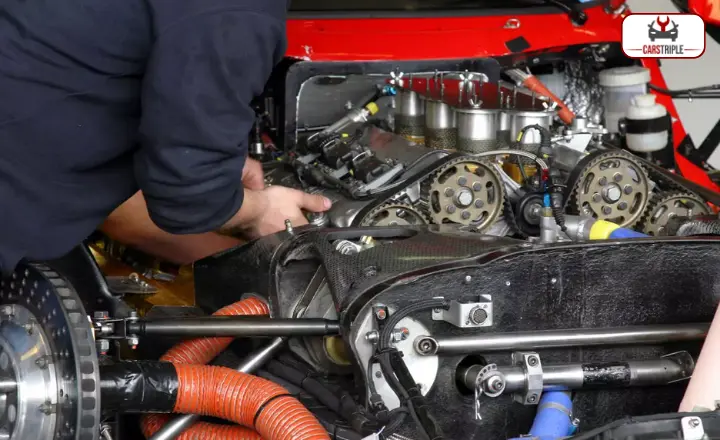
Temperature sensors are vital in engines as they monitor coolant and oil temperatures to prevent overheating or unnecessary wear on critical components. These sensors enable modern engines to operate within precise thermal boundaries, maximizing both performance and longevity.
Sensors in engines are fundamental components that continuously provide data for real-time adjustments, ensuring smooth operation while optimizing fuel economy and emissions control.
What is Sensor 1 of an Engine?
Sensor 1 of an engine, also known as the upstream oxygen sensor, plays a crucial role in optimizing fuel efficiency and reducing harmful emissions.
Located before the catalytic converter, Sensor 1 monitors the amount of oxygen in the exhaust gas, providing vital feedback to the engine control unit for adjusting the air-fuel mixture.
This real-time data allows for precise combustion control, leading to improved performance and lower carbon footprint. Sensor 1 contributes to the early detection of potential issues, such as a faulty fuel injector or a malfunctioning catalytic converter.
Continuously analyzing the exhaust gases helps maintain optimal engine functionality and minimize maintenance costs over time.
Understanding Sensor 1’s significance sheds light on the intricate balance between performance and environmental impact in modern automotive engineering, highlighting its role as a pivotal component in advancing sustainable transportation technologies.
What is Sensor 2 of an Engine?
Sensor 2 of an engine is a crucial component that plays a significant role in monitoring and regulating the vehicle’s emissions.
Also known as the downstream oxygen sensor, Sensor 2 is located after the catalytic converter and is responsible for measuring the oxygen levels in the exhaust gases.
This information is then sent to the engine control module, which uses it to adjust the air-fuel mixture for optimal combustion and emission levels.
What sets Sensor 2 apart from its counterpart, Sensor 1, is its focus on ensuring that the catalytic converter is functioning effectively.
By continuously analyzing the exhaust quality gases post-conversion, Sensor 2 helps detect any anomalies or inefficiencies in the converter’s performance.
At a time when environmental concerns are at an all-time high and regulations on vehicle emissions are becoming increasingly stringent, understanding how Sensor 2 contributes to reducing harmful pollutants can give us a deeper appreciation for its importance in modern engine technology.
How To Locate Sensor 1 And Sensor 2
Sensor 1, also known as the upstream oxygen sensor, is typically located before the catalytic converter. Its primary function is to monitor the air-fuel ratio and provide feedback to the engine control module for optimal fuel combustion.
Sensor 2, or the downstream oxygen sensor, is situated after the catalytic converter. Its role involves monitoring the efficiency of the catalytic converter by analyzing emissions.
To locate Sensor 1 and Sensor 2 in your vehicle, start by identifying your car’s make and model. This information will help you determine where these sensors are typically positioned in your specific vehicle type.
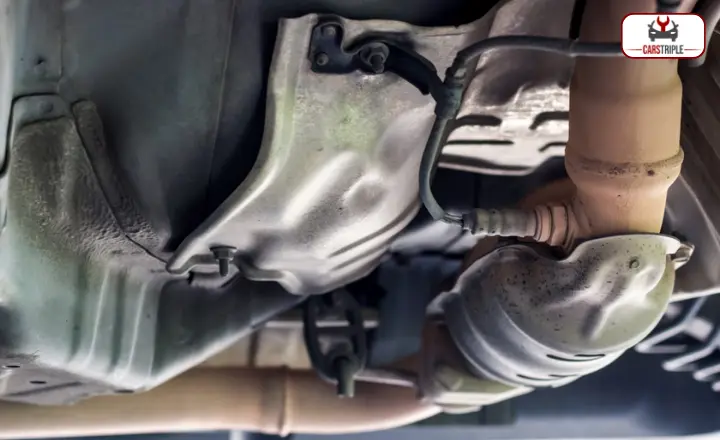
Seek professional advice if you’re unsure about their exact locations. Most vehicles have these sensors installed along the exhaust system, often accessible from underneath the car.
Ensuring that you have a clear understanding of their placement can be helpful for future maintenance or troubleshooting efforts.
How To Know What Side Is Bank 2 Sensor 1 On Your Car
Determining which side is Bank 2 Sensor 1 on your car can be a bit confusing, but with some simple knowledge, it becomes easily identifiable. In most cases, for V6 or V8 engines, the bank containing cylinder number 1 is typically referred to as Bank 1.
This means that Bank 2 will be the other bank of cylinders. Sensor 1 refers to the sensor that is located before the catalytic converter and is usually positioned closest to the engine on each bank.
By identifying these factors and referencing your vehicle’s specific engine layout, you can confidently determine which side is Bank 1 Sensor 2.
One useful tip for locating o2 sensor bank 1 sensor 2 is to consult your vehicle’s manual or search online for a diagram of your specific engine layout. These resources can provide detailed visual aid that simplifies the process of identifying the sensor’s position in relation to your car’s engine components.
Another strategy involves utilizing an OBD-II scanner, which can help pinpoint potential issues with specific sensors and provide real-time data about their location and performance.
By taking advantage of these available tools and resources, you’ll gain a clearer understanding of bank 2 sensor 2.
Quickly Locate And Replace Faulty Sensors
When it comes to locating and replacing faulty engine sensors, time is of the essence. Modern vehicles rely heavily on sensor data to regulate and optimize engine performance, making a malfunctioning sensor a significant problem that needs prompt attention.
One key approach to quickly locating faulty engine sensors is by utilizing advanced diagnostic tools and scanners. These tools have the capability to pinpoint the exact sensor causing issues, saving valuable time in the troubleshooting process.
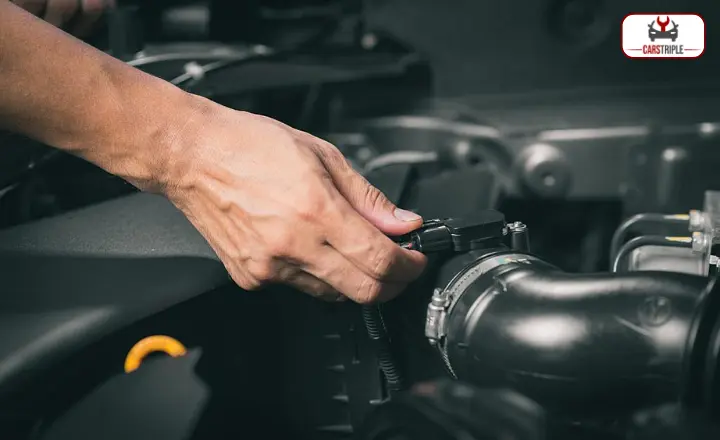
Having a clear understanding of common symptoms associated with sensor failure can help expedite the identification process.
Once a faulty sensor has been located, swift replacement is crucial to avoid further damage to the vehicle’s systems. Having access to high-quality replacement parts and possessing technical expertise are essential components of efficiently addressing sensor issues.
By staying proactive and leveraging technology, automotive professionals can effectively navigate the intricacies of identifying and replacing faulty engine sensors without unnecessary delays or setbacks.
Conclusion
The location of the bank 1 sensor 2 is vital for understanding and diagnosing issues with the vehicle’s exhaust system. Identifying its position beneath the car or near the catalytic converter can aid in proper maintenance and troubleshooting.
It is essential to consult the vehicle’s manual or seek professional guidance to locate and address any problems related to this sensor accurately. By being informed about the bank 2 sensor 1 location, car owners can ensure the smooth functioning of their vehicles and prevent potential malfunctions.
FAQs
How do I know if my bank one sensor two is failing?
Common signs of a failing bank one sensor 2 include decreased fuel efficiency, rough idling, and an illuminated check engine light.
How often should I replace my sensor?
The lifespan of a bank 1 sensor can vary, but it’s generally recommended to inspect and potentially replace it every 60,000 to 100,000 miles.
